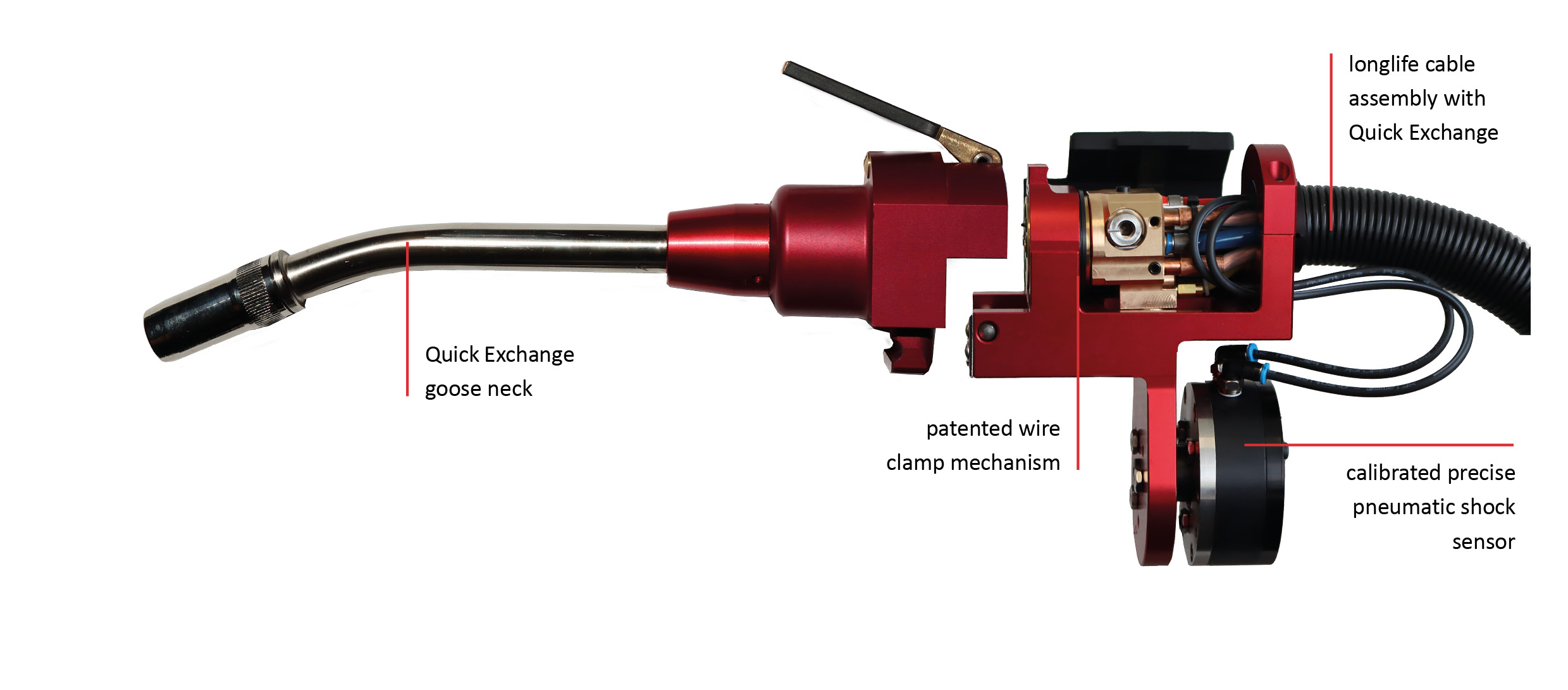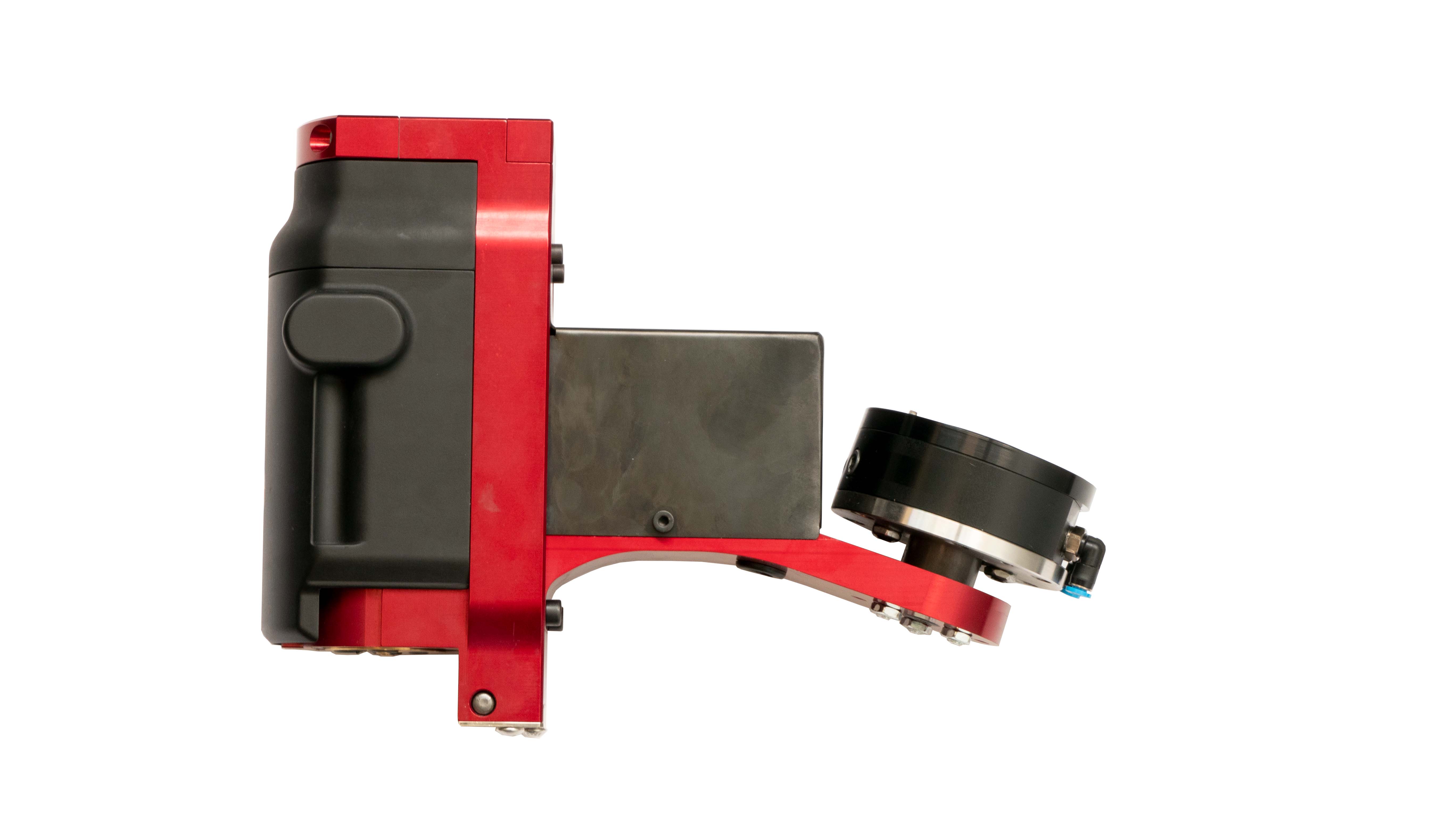The welding equipment
The welding equipment used by an industrial arc welding robot is different from the equipment used for manual welding. The duty cycle of a welding robot is much higher, meaning that the robot can operate continuously for longer periods of time without overheating or requiring a rest period. As a result, the quality of the welding equipment used by a welding robot must be higher to withstand the increased demands placed on it. This means that the welding equipment used by a welding robot is designed to be more durable, reliable, and capable of producing consistent, high-quality welds over an extended period of time.
The integration of a power source with the robot controller is crucial to get the maximum output of the robot system. The faster the communication happens, the more features are available on the market to push the limits of the arc welding process. Today, almost every robot has a digital interface, but Panasonic has the “fusion” platform where one CPU is controlling the robot arm, the wire feeder, and the many available waveforms. The communication speed of the fusion platform is 250 times faster than any other digital interface. This allows for faster and more accurate control of the welding process, resulting in higher quality welds and increased productivity.
It is important to have all the welding parameters defined in a unique way into the robot program. This allows for greater control and consistency in the welding process, resulting in higher quality welds. The integration of the power source with the robot controller is crucial in achieving this, as it allows for faster and more accurate communication between the two systems. This, in turn, enables the use of more advanced features and technologies to push the limits of the arc welding process. With the maximum freedom to act, the robot can adjust its movements and welding parameters in real-time to achieve the best possible results.



